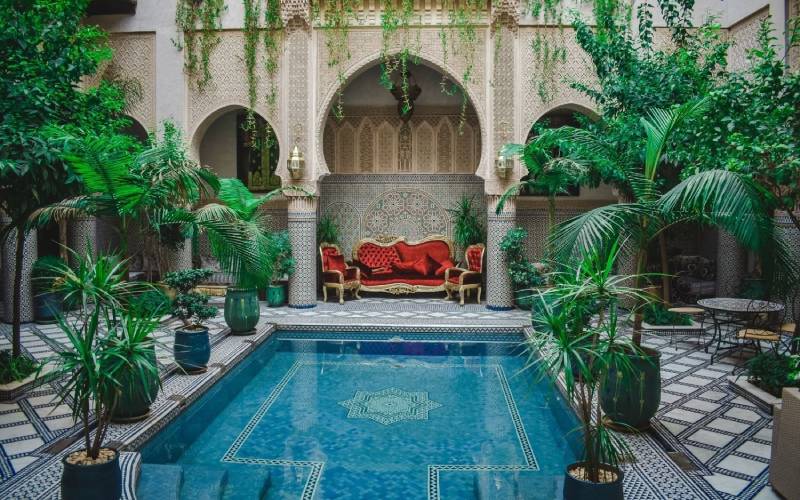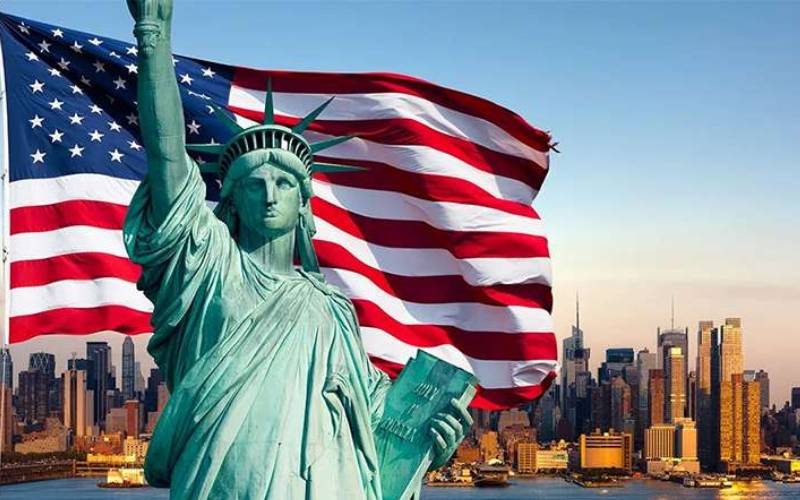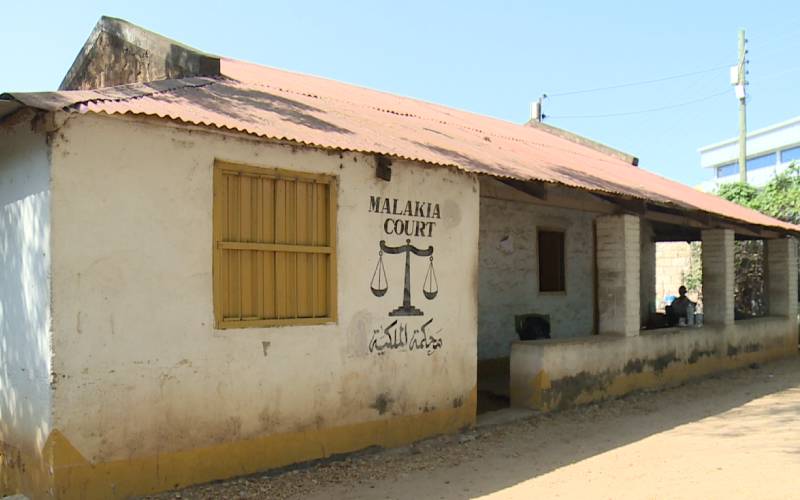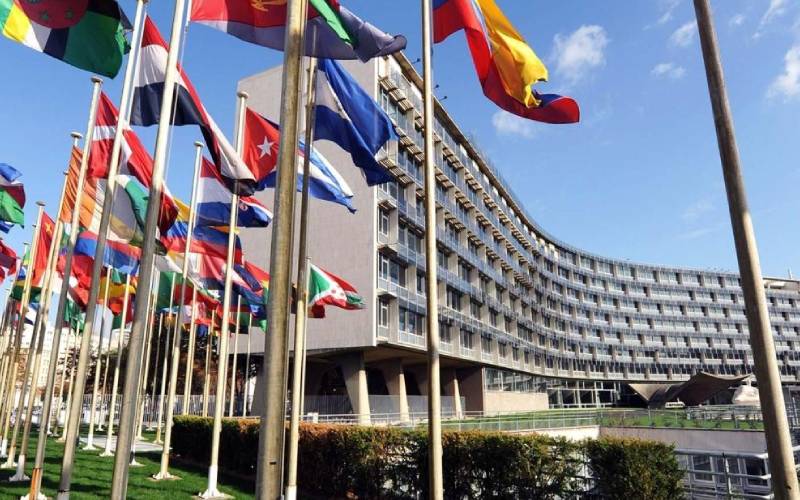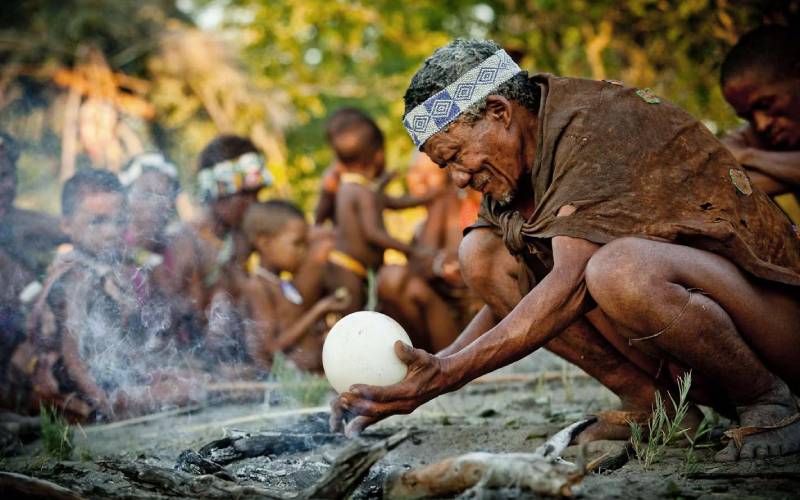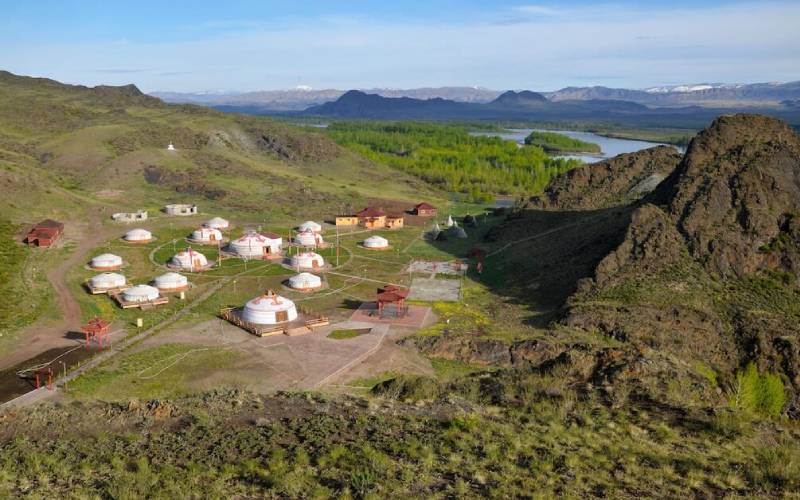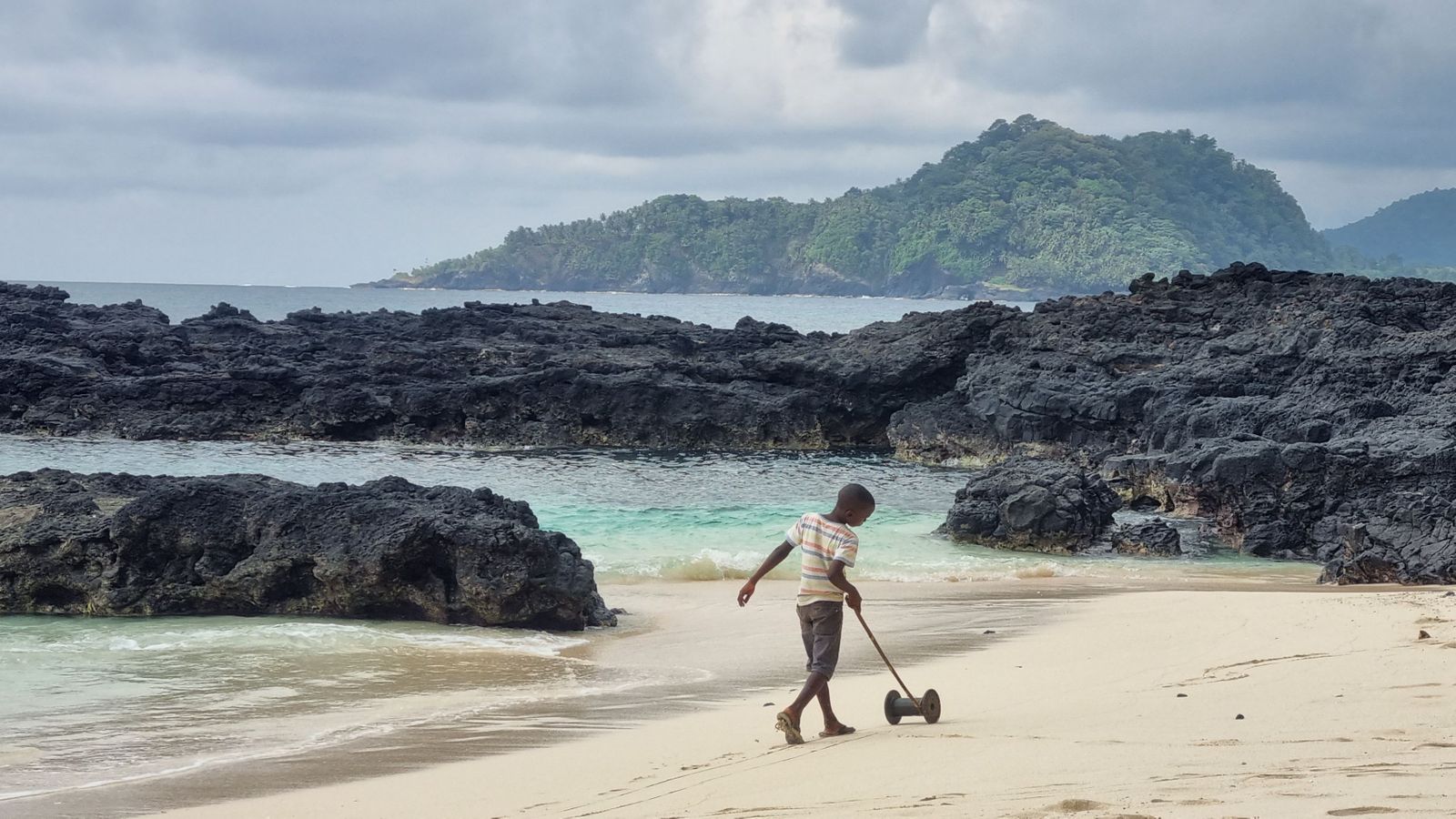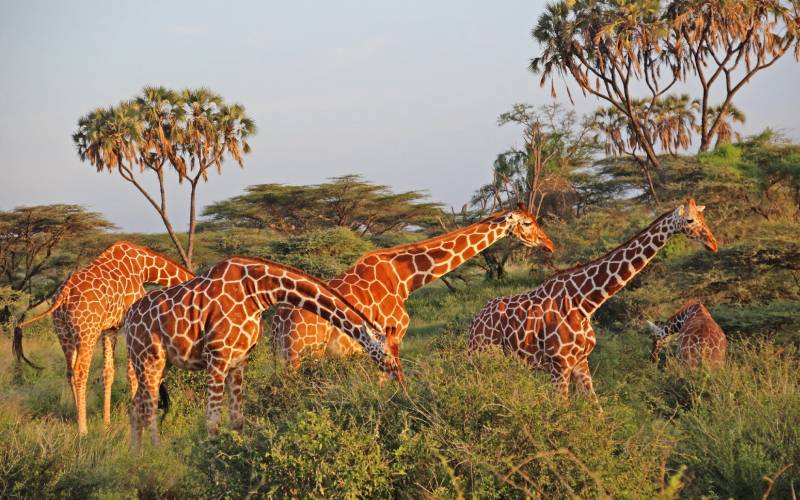By Wamaitha Nyoike
In the rarefied circles of global travel, we often speak of destinations as places seen, photographed, and ticked off a list. But Africa defies this approach. She does not yield her secrets to the hasty. To truly know her, one must return, pause, and immerse. Africa is not a continent you merely visit. It is a continent you experience.
For several years of refined travel across all continents, I have come to hold a special reverence for Africa’s destinations not because they glitter, but because they glow with cultural authenticity, human warmth, and the beauty that resists all forms of commercialisation.
Allow me to take you through some of Africa’s most evocative places where the elite traveller is not merely a guest, but rather a student of life, culture, and timeless grace.
Off the coast of East Africa lies Zanzibar, a name that rolls off the tongue like poetry. Here, the air is heavy with the scents of cloves, cinnamon, and ocean mist. The town’s coral stone alleys echo stories of past centuries where Arab dhows, the traditional wooden sailing vessels, were used to trade ivory and silver in the Indian Ocean. Now, culture and hospitality flow in equal measure.
These traders, endowed with unrivalled skills, took advantage of monsoon winds, navigating the ocean with some 20-metre-long dhows. Some dhows had a carrying capacity of 100 passengers and cargo. This valuable culture was passed down from generation to generation before the advent of technology. The integration of technology into the indigenous knowledge has improved dhows and the naval tradition.
I recall dining at a rooftop restaurant as the muezzin’s call to prayer floated over the city. It was not a spectacle, but a sacred rhythm of life. Zanzibar is a call that paradise should not be curated but lived.
Beyond the mosaics of Marrakech and the glamour of the riads (traditional Moroccan houses) lies the sublime serenity of the Atlas Mountains. Riad originates from the Arabic term Ryad, which translates to garden. This distinctively designed traditional house contains a garden and a courtyard.
The riads are revered in Muslim communities for their capacity to shield individuals from external aggressors and offer privacy and hospitality to families. The courtyard and pools offer ventilation and ample natural light. The walls feature decorative zellige tile, stylish woodwork and Tadelakt plaster.
This structure is a testimony to the craftiness of Moroccan artists. Berber settlements made from mudbricks and stones known as ksour or ghiren perch on cliffs while snow-capped mountains tower over terracotta plains. These are meeting places for social and commercial activities.
I first tasted tagine, an Arabic Maghrebi dish cooked in a clay pot also called tagine, maraq or marqa in a village near Imlil, a settlement at the foot of the Atlas Mountains in Morocco. This delicious indigenous dish is cooked over fire and served with humility that rivals the finest Michelin kitchens.
At night, beneath a sky unspoiled by artificial light, I understood why the ancients placed their gods among the stars. The Red Flag of Morocco is the national emblem, with its striking red background adorned with a central green pentagram, the Seal of Solomon. This unique design depicts Moroccan culture, deep-rooted heritage, and enduring identity. The green pentagram is a symbol of peace, wisdom and the proximity of the Moroccans to Islam.
While discussing Victoria Falls, found between Zambia and Zimbabwe, it is not something you hear but rather something you experience. It is famously called Mosi-oa-Tunya, “The Smoke That Thunders”. This cascade of water and fury is not merely a natural wonder; it is a cleansing force. The water fetched from the falls is used in rituals like rainmaking. The Toka-Leya people do sacred swimming at this place, believed to be the dwelling of ancestral spirits.
I once stood drenched on the Knife-Edged Bridge, wordless! And, perhaps, I was in the spirit at this point. Luxury lodges line the Zambezi River where the falls are found, offering champagne sunsets and elephant sightings from a private deck. But it is the roar of the Victoria Falls that stays with you, echoing long after departure.
Ethiopia is the soul of Africa, not colonised, unbroken, and deeply mystical. In Lalibela, approximately 645 km from Addis Ababa, the eleven medieval churches lie carved into a rock, as if placed there by the divine hand.
North of the River Jordan is a group of five churches, namely: Biete Medhani Alem, the House of the Saviour of the World; Biete Mariam, the House of Mary; Biete Maskal, the House of the Cross; Biete Benagel, the House of the Virgins; and Biete Golgotha Mikael, the House of Golgotha Mikael.
South of the Jordan River is a group of five churches, namely, Biete Amanuel, the House of Emmanuel; Biete Qeddus Mercoreus, the House of Qeddus Mercoreus; Biete Abba Libanos, the House of Abbot Libanos; Biete Gabriel Raphael, the House of Gabriel Raphael; and Biete Lehem, the House of Holy Bread. Meanwhile, Biete Ghiorgis, meaning the House of St. George, the eleventh church, is separate but connected with trenches.
These churches are made of monolithic blocks, but some blocks were chiselled out to make doors, windows, columns, floors and even roofs. There is an expertly constructed drainage system, like trenches, ditches and passages for religious ceremonies. The nearby Lalibela village is built with round houses made of red stone. These houses are called Lasta Tukuls.
King Lalibela built these churches as the new Jerusalem after the Muslims stopped Christian pilgrimage to the Holy Land. Biete Medhani Alem has five aisles and is named the largest monolithic church in the world.
I walked barefoot among monks dressed in white robes, their chants reverberating through the ancient tunnels. These historical churches have attracted Coptic Christian pilgrims since the 12th century. This is not tourism. It is transcendence. Lalibela is not a destination that is photographed. It resonates with your soul.
Nestled beyond the vibrancy of Cape Town lies the Cape Winelands, also known as the Cape Winelands Biosphere Reserve (CWBR), a beautiful and sophisticated region. It is situated in the Cape Floral Kingdom in South Africa and could rival Bordeaux or Tuscany. World-class vineyards, historic grandeur, and superb cuisine entice visitors to the Cape Winelands' Stellenbosch and Franschhoek.
Cape Wineland is equipped with guest houses, self-catering cottages, and even wine farms, to mention but a few. Spending an afternoon at Delaire Graff Estate, pairing estate wine with Karoo lamb, a unique unmarinated meat, under sweeping mountain views, is comfy.
Karoo sheep consume herbaceous karoobossie and benefit from a favourable climate and soil, which enhances the meat's flavour and quality. This is decadence, yes, but with distinctively African grace.
For the elite traveller who seeks silence interrupted only by the trumpet of elephants or the splash of hippos, the Okavango Delta, also known as the Jewel of the Kalahari in northern Botswana, is your Eden. The Okavango swamp covers an estimated 6000 square miles. It is a habitat that sustains most of the endangered animal species such as Cheetah, White and Black Rhinoceros, Wild Dog and lion.
Unlike any other tourism experience, this land floods seasonally, creating a labyrinth of water and wildlife. You can also grind through the reeds in a mokoro, a traditional canoe, led by a poler whose knowledge of the cruise surpasses that of a professor. Watching lions hunt at dusk. No Wi-Fi. No itinerary. Just raw, unfiltered life.
Too often, West Africa is overlooked, yet Dakar, perched on the Atlantic’s edge, beats with artistic vigour and historical depth. From the galleries of Village des Arts, the cultural emblem of Senegal, to the sombre echoes of Gorée Island’s Slave House, 3.5 kilometres off the coast of Senegal, opposite Dakar, the city dances between resilience and renaissance. Gorée Island Museum is the symbol of the sad memories of the Atlantic slave trade.
The Sabar drum ceremony in a suburban courtyard is one never to miss. The Sabar ensemble normally has six to twelve drums played together during baptisms, weddings and circumcisions, Muslim religious celebrations, wrestling matches and political events. Here, rhythm is not entertainment but sheer communication. Culture is not curated. It is lived, daily and defiantly.
Africa’s destinations are not "emerging tourism markets.” They are ancient kingdoms, vibrant societies, and timeless landscapes, eventually reclaiming their worth. They invite the elite traveller not to observe from balconies, but to connect and interact with nature through respect, curiosity, and reverence.
To travel in Africa is to rediscover travel itself. It is to replace the checklist with curiosity, the agenda with dialogue, and the resort with relationship. In the fast-paced world, more virtual and detached Africa offers what no modern luxury can. When will you tour the lands that birthed humanity?
